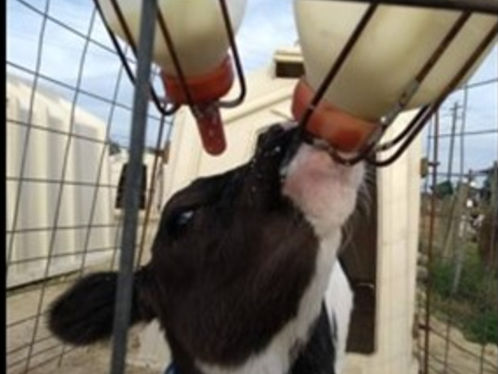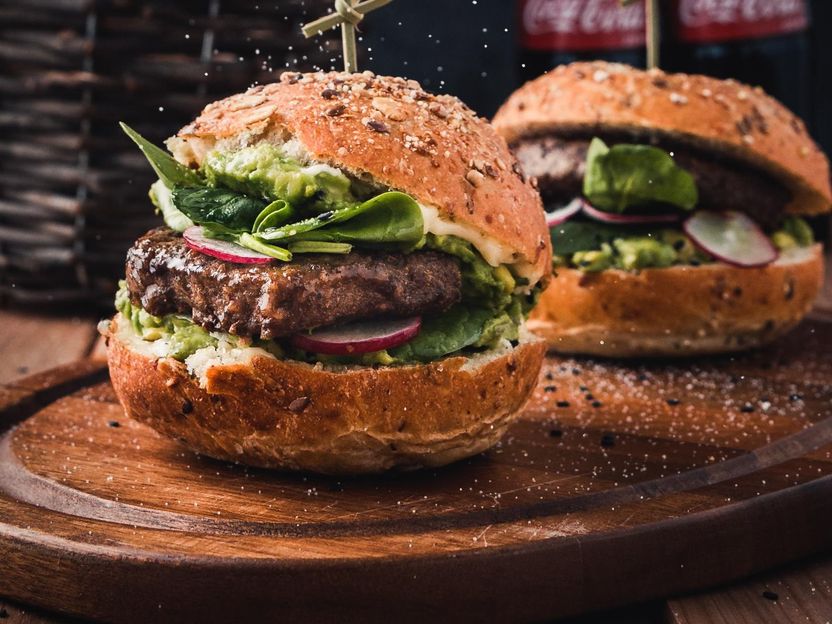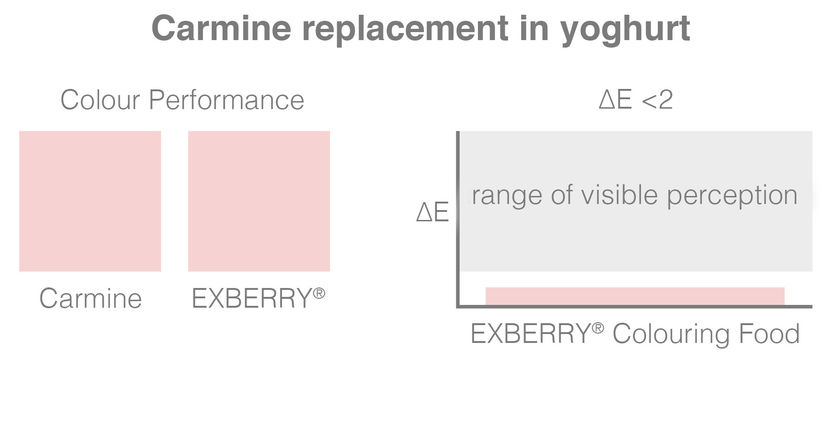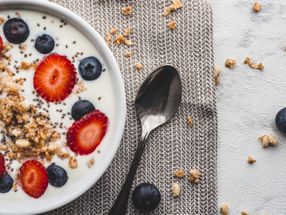Is more better? Amounts and frequency of milk replacer fed to calves under heat stress
New study in the Journal of Dairy Science® examines optimal feeding strategies for dairy calves raised in warm environments
Calves raised during the heat of summer have reduced growth, increased disease incidence, and higher mortality rates compared with those raised in temperate environments or neutral thermal conditions. The reduced average daily weight gain observed in the summer can be partially attributed to heat Stress. In a new report published ahead of the February 2022 issue of the Journal of Dairy Science®, scientists from the University of Georgia (Athens, GA, USA) investigated the effects of rate and frequency of milk replacer feeding on performance, emptying of the abomasum (one of the bovine forestomachs), and nutrient digestibility among young calves during summer and winter in the warm environment of the southeastern United States.

Researchers at the University of Georgia (Athens, GA, USA) tested the amount and frequency of milk replacer feeding to improve growth and digestion of young dairy calves in warm environments.
Sha Tao
When calves are exposed to heat stress, their food intake is reduced, resulting in lower total energy and nutrient consumption. Additionally, animals in adverse environments experience dramatic physiological and behavioral changes to cope with distress. For example, calves in an environment with elevated ambient temperature (≥20°C, or 68°F) sweat and pant to dissipate heat and maintain their core body temperature.
Lead investigator Sha Tao, PhD, explains, “These physiological responses, although beneficial for survival, shift available energy from growth to maintenance. In combination with the lower food consumption, calves raised during summer have limited energy available for growth.” Therefore, the research team speculated that increasing energy intake by feeding more milk or milk replacer should support greater growth during summer.
By dividing the calves in the study into groups of high or low amounts of milk replacer and high or low frequency of feeding (three times a day vs. twice a day), the team tested their hypothesis. From a previous study by the group (Orellana Rivas et al., 2020), the researchers already knew that too much milk replacer would have detrimental and dangerous health effects on the calves when fed twice a day during summer. This helped them set an upper limit on the amount to be fed.
Starter grain and milk replacer intakes were recorded daily, respiration rate and rectal temperature were recorded three times a week, and structural growth and body weight were measured weekly. Rate of abomasal emptying, a critical factor that regulates energy and nutrient utilization in preweaning calves, was determined using an acetaminophen absorption blood test. Finally, apparent digestibility of nutrients was measured using chromic oxide as a marker in the feed.
The scientists found that feeding three times a day reduced calves’ respiration rates during summer and reduced rectal temperature during winter. Increasing the milk replacer amount at each meal improved body weight gain and structural growth. Feeding more times per day tended to improve growth during winter but, surprisingly, not during summer. In both seasons, calves offered higher amounts of milk replacer had greater intake, supporting greater intakes of protein, fat, and metabolizable energy, necessary components for growth. “Our team found no effect of treatment on nutrient digestibility,” said Tao, “and increasing feeding frequency accelerated abomasal emptying.”
Tao concluded, “These data indicate that increasing feeding frequency lowers heat load. This may be due to reduced metabolic heat production, increased heat dissipation, or both.” The team’s findings represent a step toward optimization of feeding strategies for young cows in hot environments, a major sector of dairy production, to help maximize calf growth, health, and welfare, and thus also to improve profit margins in dairy production.
Meistgelesene News
Weitere News aus dem Ressort Wissenschaft

Holen Sie sich die Lebensmittel- und Getränke-Branche in Ihren Posteingang
Mit dem Absenden des Formulars willigen Sie ein, dass Ihnen die LUMITOS AG den oder die oben ausgewählten Newsletter per E-Mail zusendet. Ihre Daten werden nicht an Dritte weitergegeben. Die Speicherung und Verarbeitung Ihrer Daten durch die LUMITOS AG erfolgt auf Basis unserer Datenschutzerklärung. LUMITOS darf Sie zum Zwecke der Werbung oder der Markt- und Meinungsforschung per E-Mail kontaktieren. Ihre Einwilligung können Sie jederzeit ohne Angabe von Gründen gegenüber der LUMITOS AG, Ernst-Augustin-Str. 2, 12489 Berlin oder per E-Mail unter widerruf@lumitos.com mit Wirkung für die Zukunft widerrufen. Zudem ist in jeder E-Mail ein Link zur Abbestellung des entsprechenden Newsletters enthalten.
Meistgelesene News
Weitere News von unseren anderen Portalen
Zuletzt betrachtete Inhalte

Rückgang des Konsums zuckerhaltiger Getränke in Chile nach neuem Lebensmittelgesetz

Konsum von zuckergesüßten Getränken nimmt bei Kindern und Jugendlichen weltweit zu - Studie schätzt, dass mindestens 10 % der Jugendlichen weltweit wöchentlich mehr als 7 Portionen zuckerhaltiger Getränke konsumieren
Haikui Seafood passt Ausblick für Umsatz 2013 an - Gewinnmargen bleiben relativ stabil

40% der führenden Lebensmittelhersteller haben eigene Teams für pflanzliche Produkte - Nahrungsmittelgiganten drängen auf boomenden alternativen Proteinmarkt, enthüllt 13 Billionen-Dollar-Investoren-Koalition mit 25 Lebensmittelherstellern und Einzelhändlern

Mjam startet als foodora in die Zukunft und setzt wegweisende Schritte in der Branche - Rebranding und neuer Geschäftsführer

Maisel’s Weisse Alkoholfrei ist bestes alkoholfreies Weißbier beim European Beer Star

Carlsberg und Partner entwickeln eine Bierflasche aus biologisch abbaubaren Holzfasern

Krombacher Alkoholfrei ist offizieller Bier- und Sponsorpartner des Frankfurt Marathons

Neue Studie zeigt, dass Erdbeeren ein starker Verbündeter für die Herzgesundheit sind - Forschung zeigt, dass der tägliche Verzehr von Erdbeeren die kardiometabolische Gesundheit unterstützt und den Cholesterinspiegel reguliert

Volatile Preise und Verbraucherbedürfnisse erhöhen Nachfrage nach Ersatz für Karmin - Wechselnde Marktbedingungen lassen Hersteller nach alternativen Farben suchen
Ardagh und Exal bilden "Trivium", ein weltweit führender Anbieter von Metallverpackungen




























































